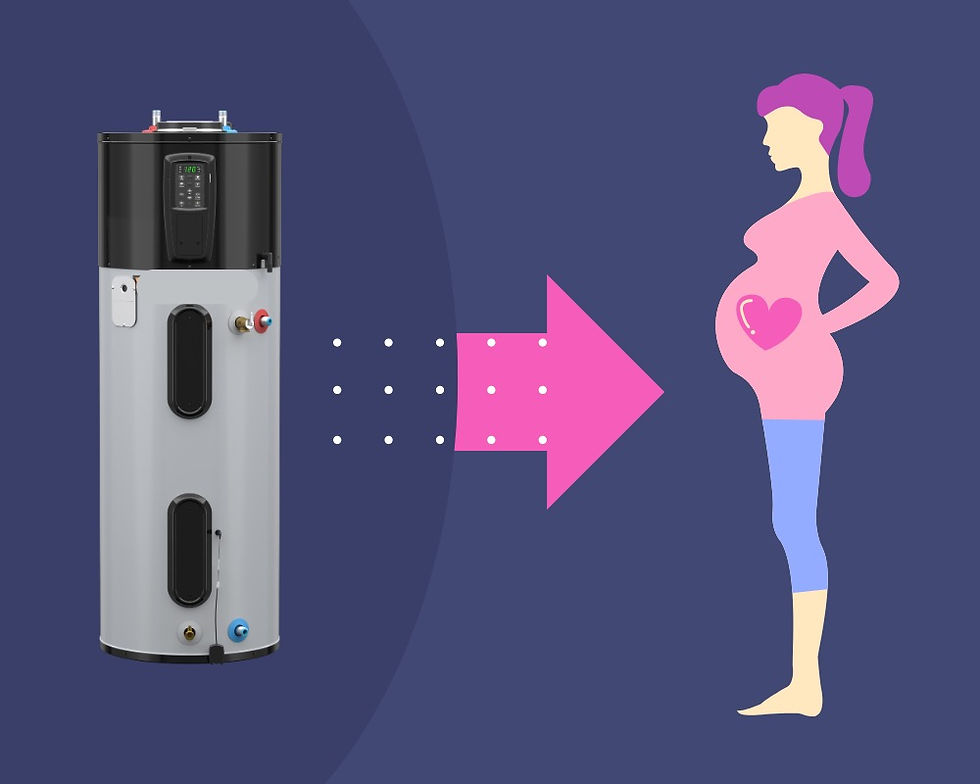$500 Water Bills Getting You Down? Help is Here
- Jul 25, 2012
- 2 min read
Pssshhhh.
That’s the sound of your irrigation system spraying seemingly endless amounts of water onto your lawn. Last month, one Los Altos resident was shocked by her huge water bill. While she was on vacation, a sprinkler head had broken. Fortunately, a quick call to the gardner solved the problem. But this resident is not alone.
Between 50 and 80% of household water in Los Altos and Los Altos Hills is used outdoors, principally for irrigation. According to the Environmental Protection Agency’s WaterSense program, much of this water is wasted: “Up to 50 percent of irrigation water use goes to waste due to evaporation, wind, improper system design, or overwatering.” But the program notes that there are simple solutions to reduce water waste:
Are you overwatering?
Many people water their lawns too often and for too long, oversaturating plants. Test your lawn by stepping on a patch of grass; if it springs back, it doesn’t need water. Water in the early morning to avoid losing as much as 30 percent of water to evaporation by watering mid-day.
Try a water-efficient landscape.
Through proper choice of plants and careful design, you can reduce outdoor water use by 20 to 50 percent.
Santa Clara Valley Water District offers a rebate for converting from turf to water-wise plants of $0.75 per square foot. Call first for a Free Water Wise House Call.
For more information on native and drought-tolerant plants for our region visit:
Manage your irrigation system.
Adjust your water with the seasons. In our area, July is the month of maximum water use. The typical percentage of maximum water needed in other months can be seen in the following table. Ratchet down your irrigation in other months, accordingly.
Typical Monthly Percentage (Source: Cal Water) JanFebMarAprMayJuneJulyAugSeptOctNovDec00530609010090603050
Check your irrigation system monthly. Inspect for leaks, broken or clogged heads, and other problems, or engage an irrigation professional to regularly check your system. Clean micro-irrigation filters as needed. Correct obstructions in sprinkler heads that prevent sprinklers from distributing water evenly. Keep water off pavement and structures.
Install a rain sensor. Rain shutoff switches, required by law in many states, turn off your system in rainy weather and help compensate for natural rainfall. This inexpensive device can be retrofitted to almost any system. Santa Clara Valley Water District offers rebates irrigation hardware upgrades, such as rain sensors, efficient nozzles, and weather-based controllers.
Install low-volume irrigation for gardens, trees and shrubs. These include drip irrigation, micro-sprayers and bubblers to minimize evaporation, runoff and overspray.
Find a local WaterSense professional.
If homeowners with irrigation systems hired WaterSense irrigation partners to perform regular maintenance, each household could reduce irrigation water by 15 percent or about 9,000 gallons annually—or the amount of water that would flow from a garden hose nonstop for nearly a whole day.
For San Francisco Bay area WaterSense approved professionals, see: California Landscape Contractor’s Association Certified Water Managers





Comments